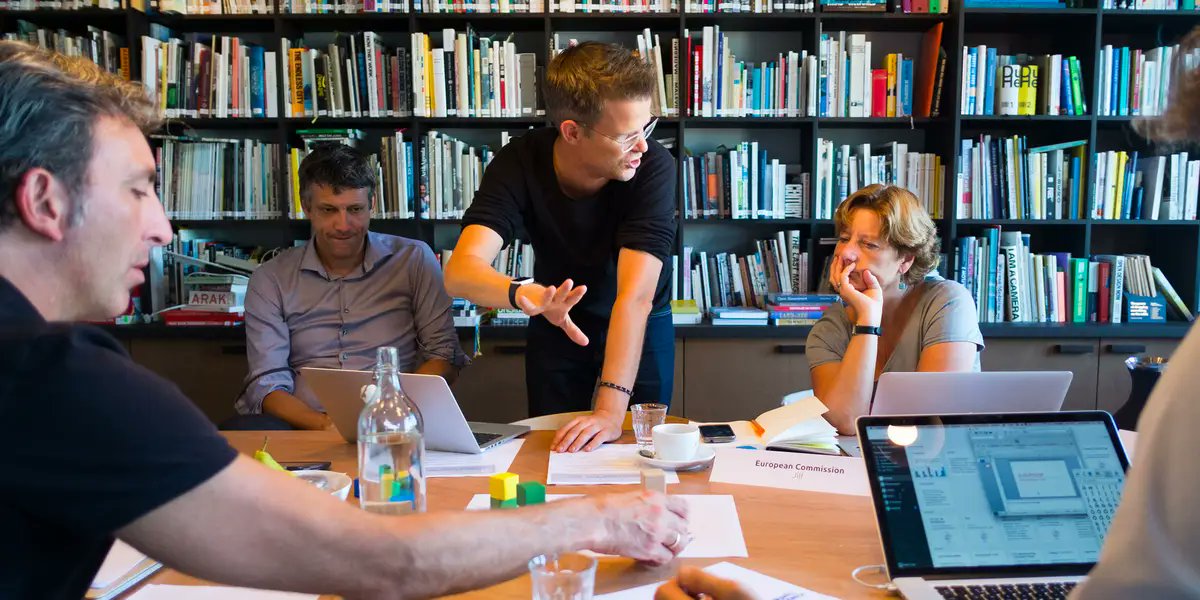
Lovely insight from @GlenPearson in the London Free Press. We usually think of awe as being induced by a truly grand or majestic natural scene—and, research shows, the experience of awe acts as a "reset button" for the human brain, allowing us to see things afresh. 

But awe can be inspired by more modest encounters with nature, Pearson reminds us. "Co-operating with the natural order produces within us a sense of awe by putting us in touch with things beyond our daily frame of reference," he writes.
"For all its familiarity, gardening is essentially a mystery —the process of growing lies beyond our complete understanding. Watching our gardens bloom reminds us that we are part of something far more significant."
When we experience awe, we're effectively extending our minds with the natural world.
#extendedmind
lfpress.com/opinion/column…
#extendedmind
lfpress.com/opinion/column…
• • •
Missing some Tweet in this thread? You can try to
force a refresh








